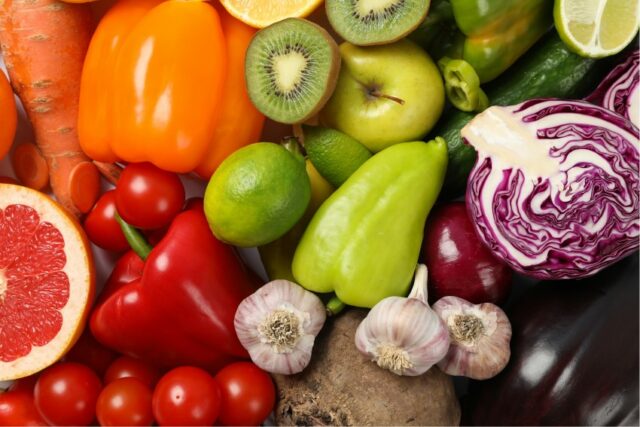A seismic shift from processed kibble to raw pet food in pet nutrition signifies a move towards what nature originally intended for your canine and feline companions. This exploration delves into the benefits and practicalities of adopting a raw diet, aiming to enlighten pet owners about this nutritious alternative. It unveils the layers of raw and fresh pet food, guiding pet owners through making informed choices for their pets’ health and happiness.
The Essence of a Raw Diet
Embracing raw diets for dogs and cats means prioritizing whole, unprocessed ingredients that closely mimic their ancestral eating habits. This approach discards artificial additives and favors meats and bones alongside selected fruits and vegetables, but the benefits extend far beyond mere ingredient lists.
Nutritional Superiority
Enzymes, vitamins, and minerals, crucial for overall health, thrive in raw and fresh diets. These diets support everything from digestive health to a gleaming coat. Opting for this dietary choice means investing in pets’ vitality, offering them the building blocks for a robust health foundation.
Digestive Harmony
Grains and fillers, commonplace in traditional pet foods, often clash with dogs’ and cats’ digestive systems. A raw diet, with its low carbohydrate and high protein content, aligns with their biological needs, frequently resulting in enhanced digestion and reduced allergies.
Customizing Nutrition for Individual Needs
The uniqueness of each pet necessitates a diet tailored to their specific needs. Age, activity level, and health conditions dictate these requirements. Raw diets offer the versatility needed to fine-tune this nutritional balance.
The Role of Probiotics
The health of a pet’s gut significantly influences its overall well-being. Incorporating probiotic supplements into a pet’s diet can fortify digestive health, strengthen the immune system, and positively affect behavior through improved gut-brain axis communication. Additionally, optimal gut health contributes to better nutrient absorption, enhancing energy levels and a more vibrant, active lifestyle for pets. This integration supports physical health and fosters a calmer, more balanced demeanour, underscoring the profound connection between diet and overall quality of life.
Transitioning to a Raw and Fresh Diet
The shift towards raw and fresh pet food should gradually ensure a smooth adaptation. Initiating the transition with small portions mixed into the existing diet and progressively increasing the raw component allows for close monitoring of the pet’s adaptation process. Just as humans have individual tastes, so do pets. Observing and experimenting are crucial to uncovering which meats or vegetables they prefer and ensuring the dietary change is beneficial and enjoyable for them.
Expanding the Discussion
- Sustainability and Ethics
Raw and fresh diets benefit pet health and can be a more environmentally sustainable option. Ethically sourced, locally produced ingredients lessen the ecological footprint of pet feeding practices.
- A Comprehensive Approach to Well-being
A raw diet affects more than just physical health; it can enhance emotional well-being. Pets thriving on diets suited to their evolutionary needs often exhibit improved mood and energy levels, enriching their quality of life.
Debunking Common Myths
- “Raw Diets Are Unsafe“
Safety concerns can be mitigated through meticulous hygiene and choosing reputable food sources. Handling the food carefully ensures that raw and fresh pet food is safe and healthy.
- “It’s Too Complicated”
Although it might seem overwhelming initially, committing to a raw and fresh diet becomes more manageable with research and routine. The effort fosters a deeper connection between pets and their owners, making it a fulfilling experience.
The trend towards raw and fresh pet feeding reflects a deeper understanding of pet nutrition and a commitment to fulfilling your pets’ raw dietary needs. This path demands dedication and a readiness to embrace new learning curves. However, the outcome—a happier, healthier pet—far outweighs the initial effort involved. As pet owners navigate this journey, consulting with veterinarians who understand raw diets can customise the approach to fit each pet’s specific needs.
By Chris Bates










